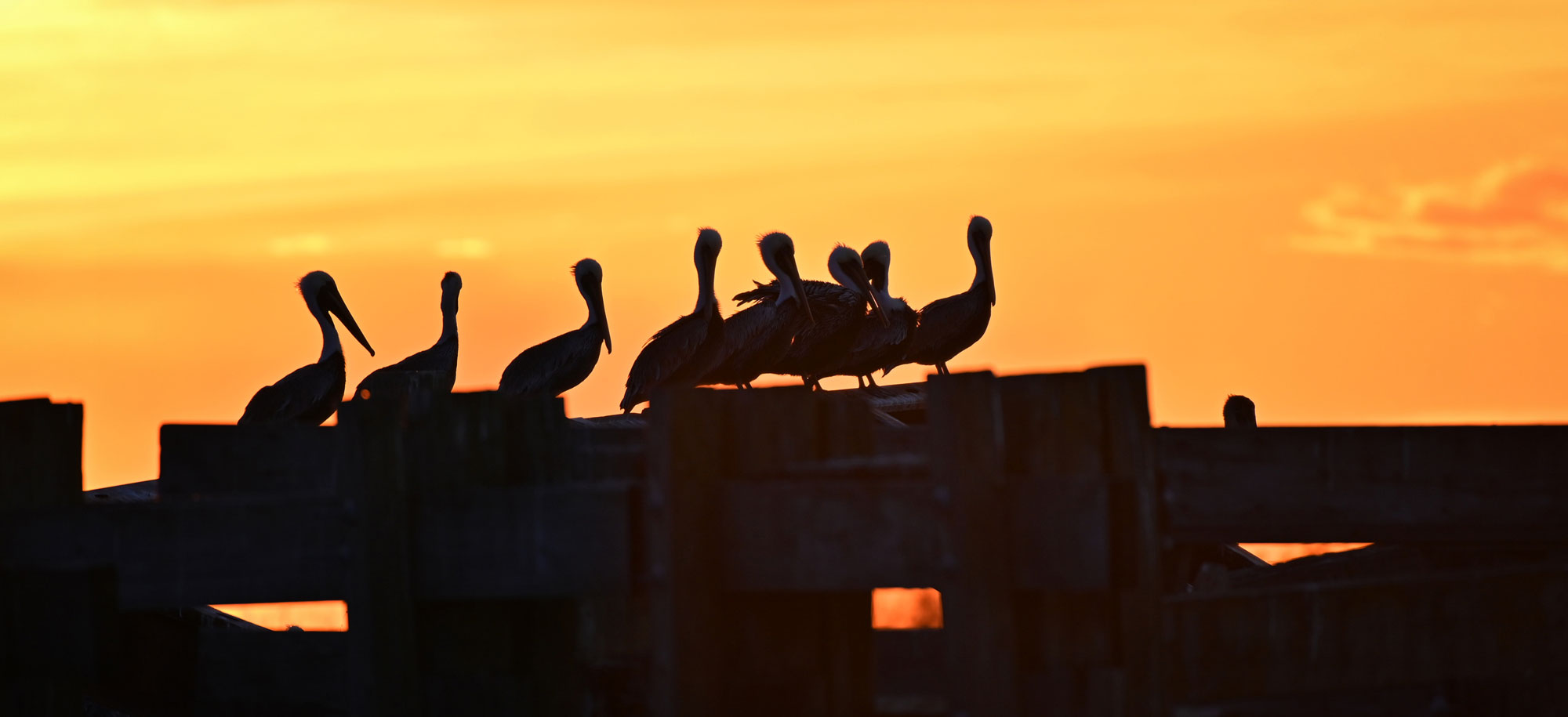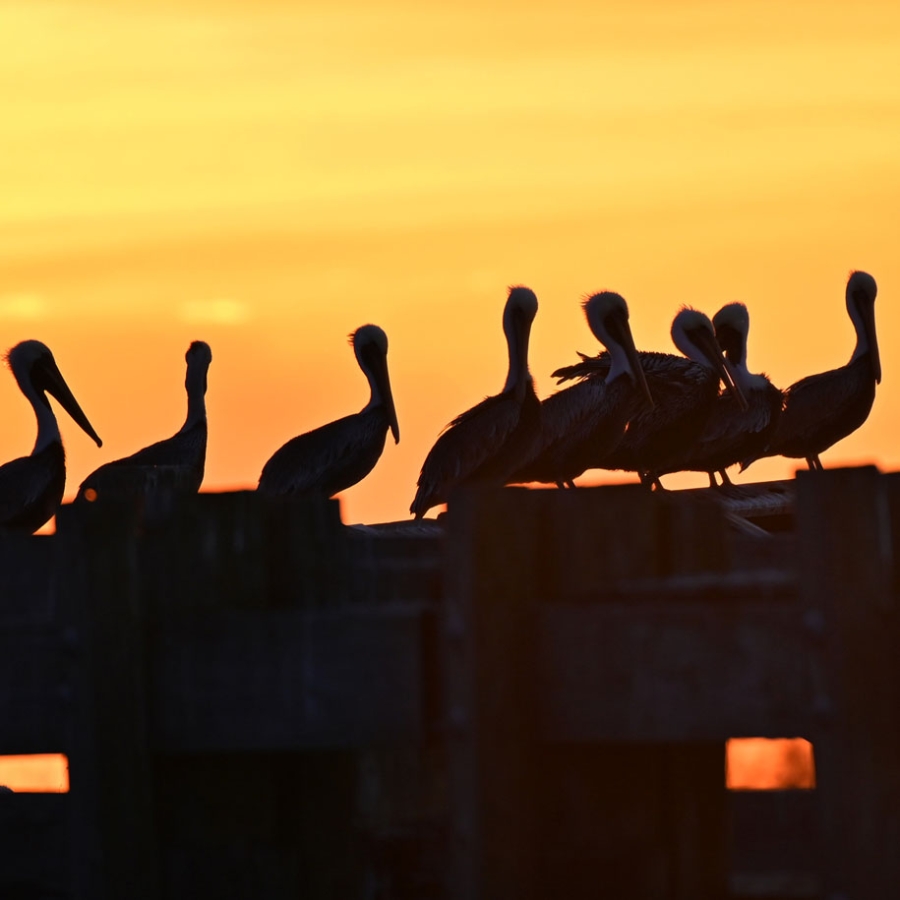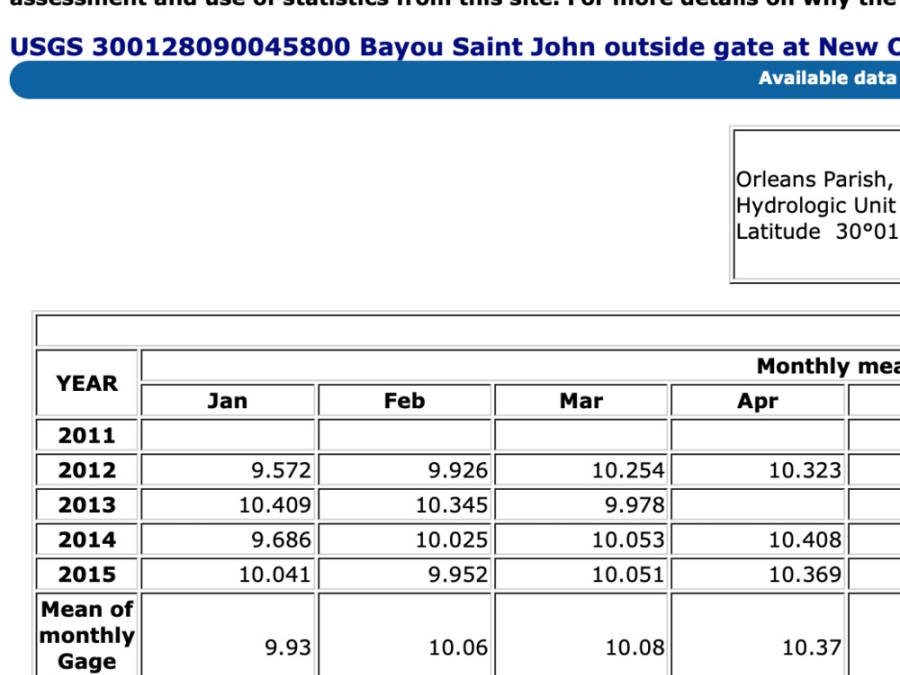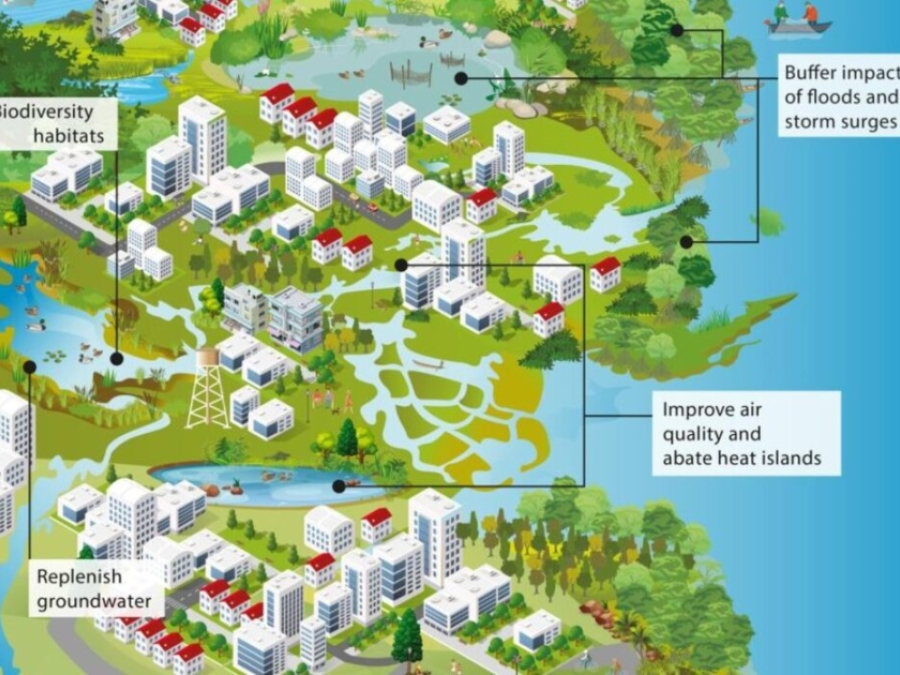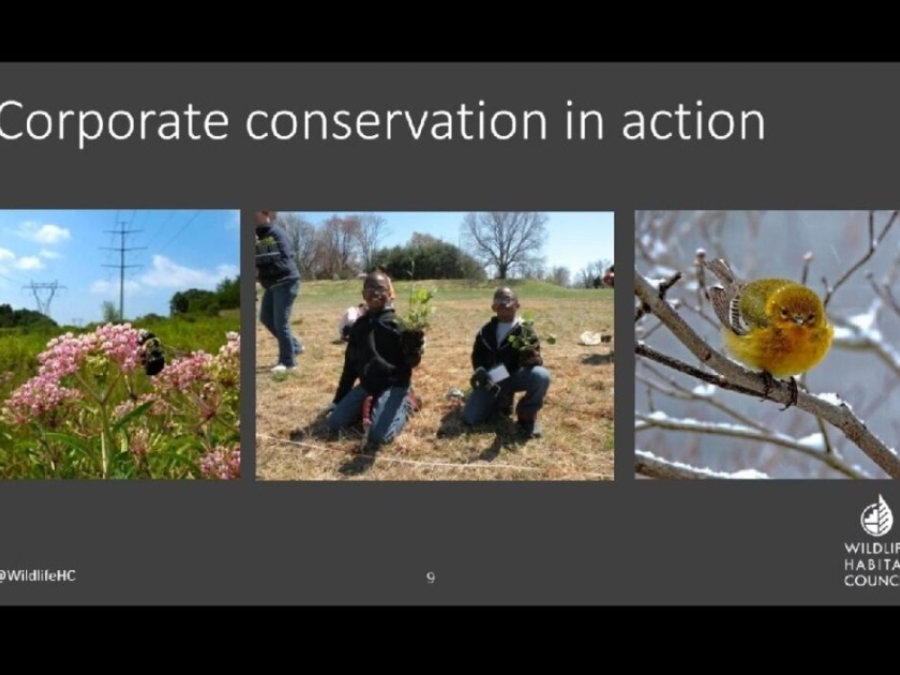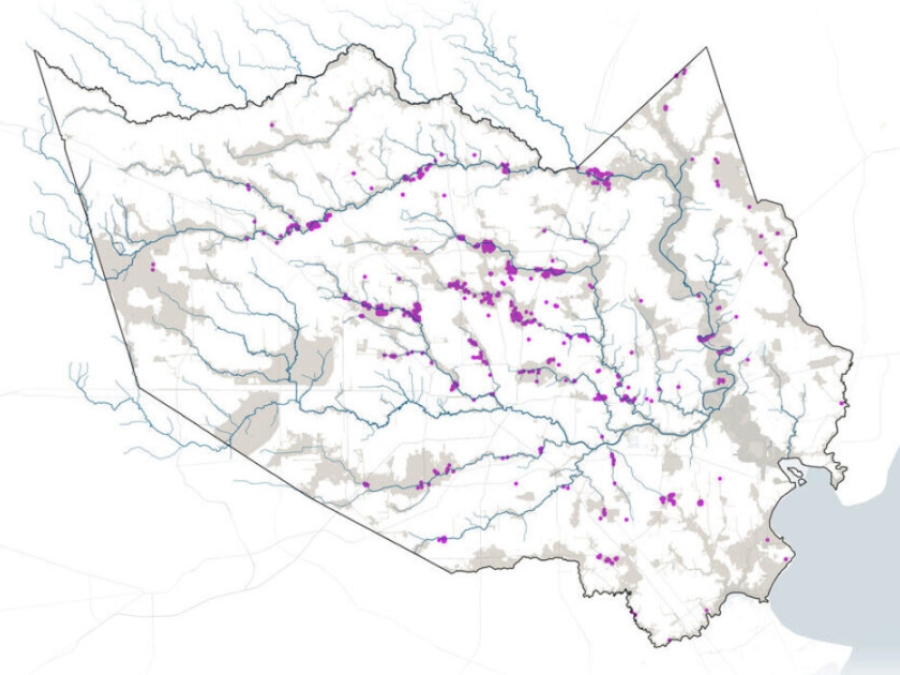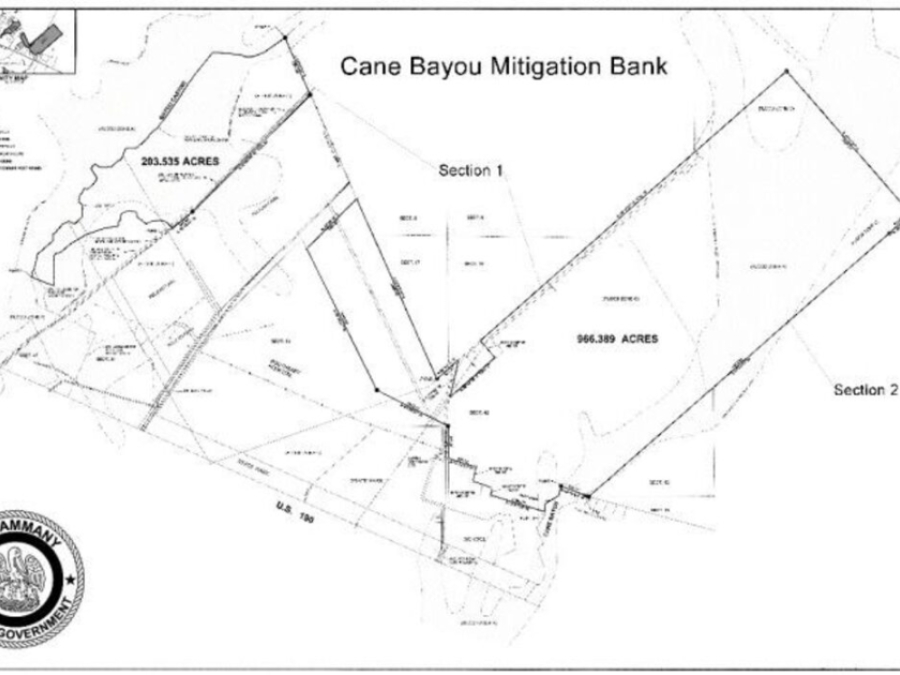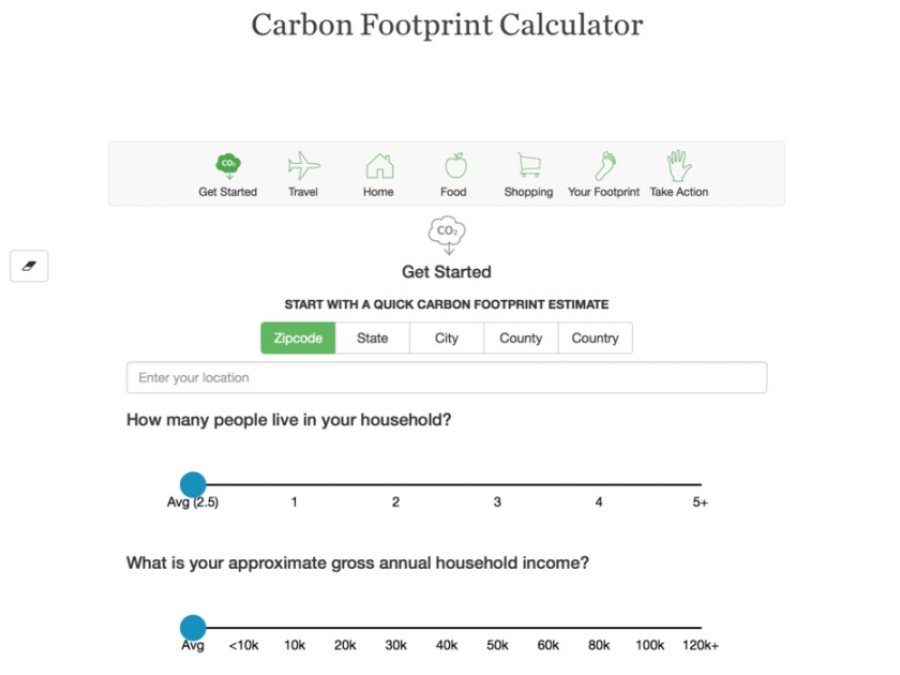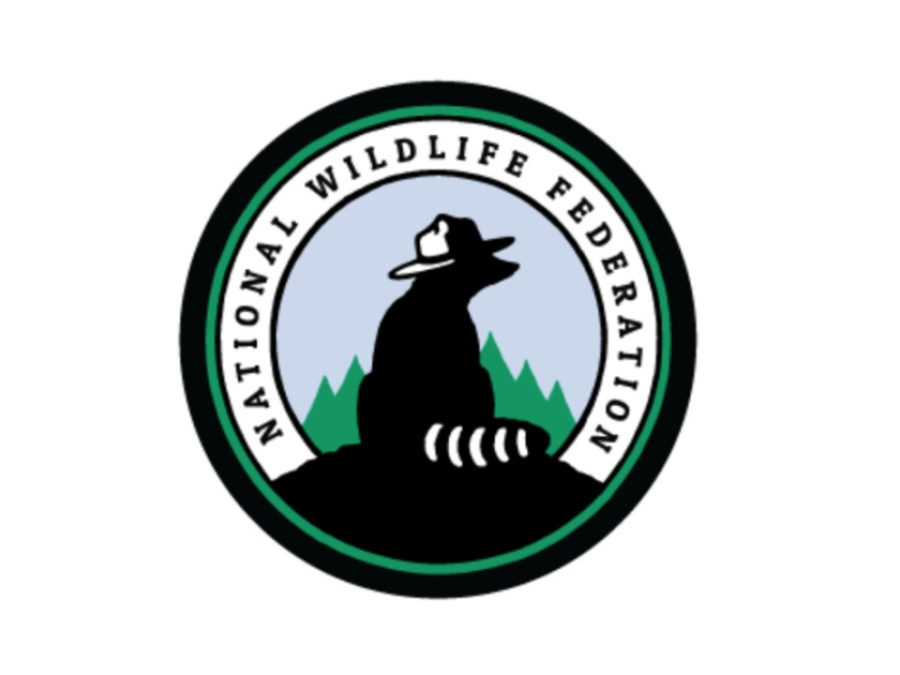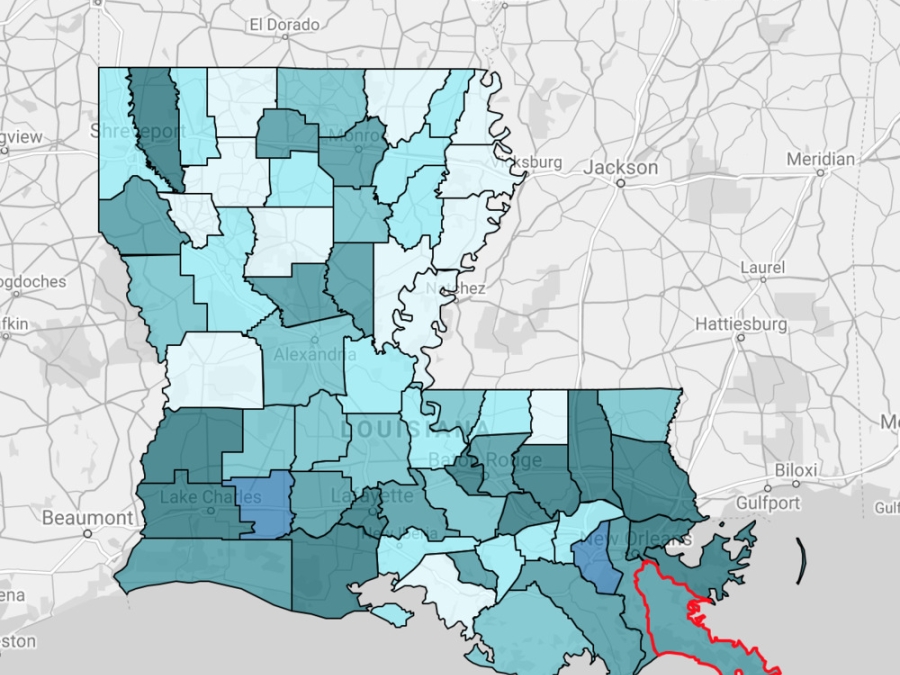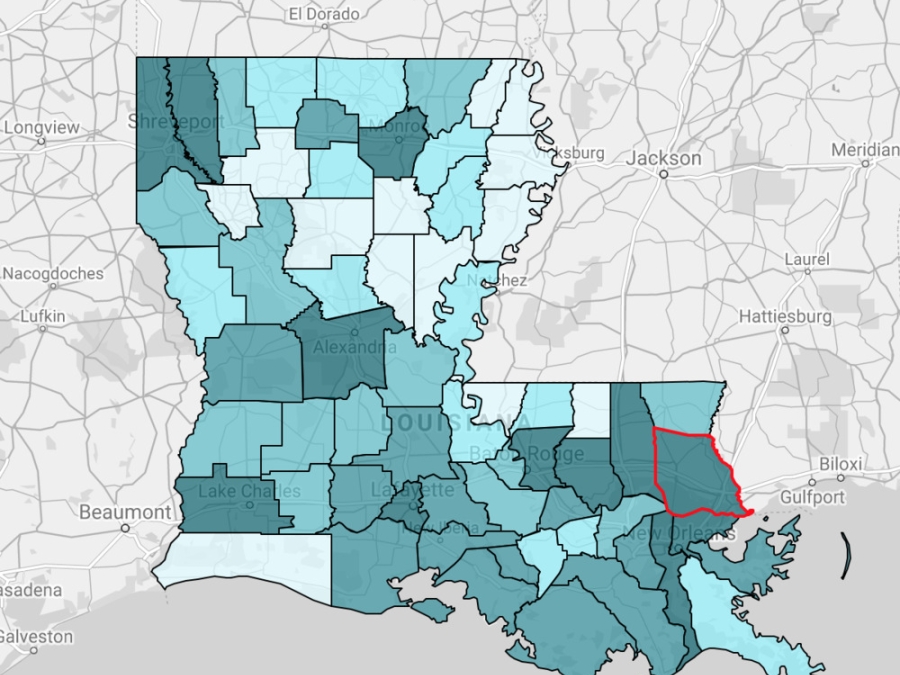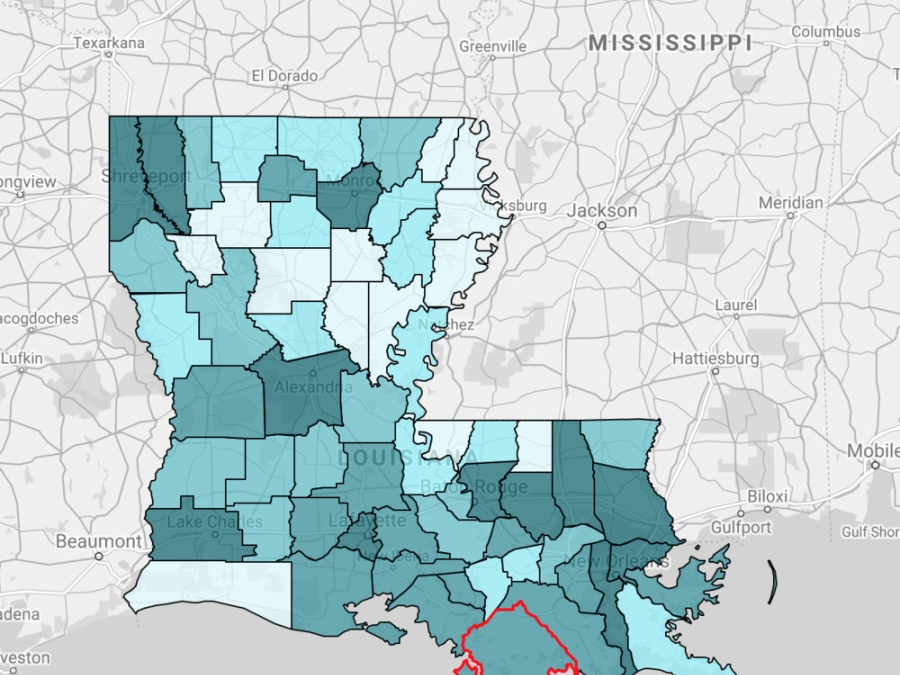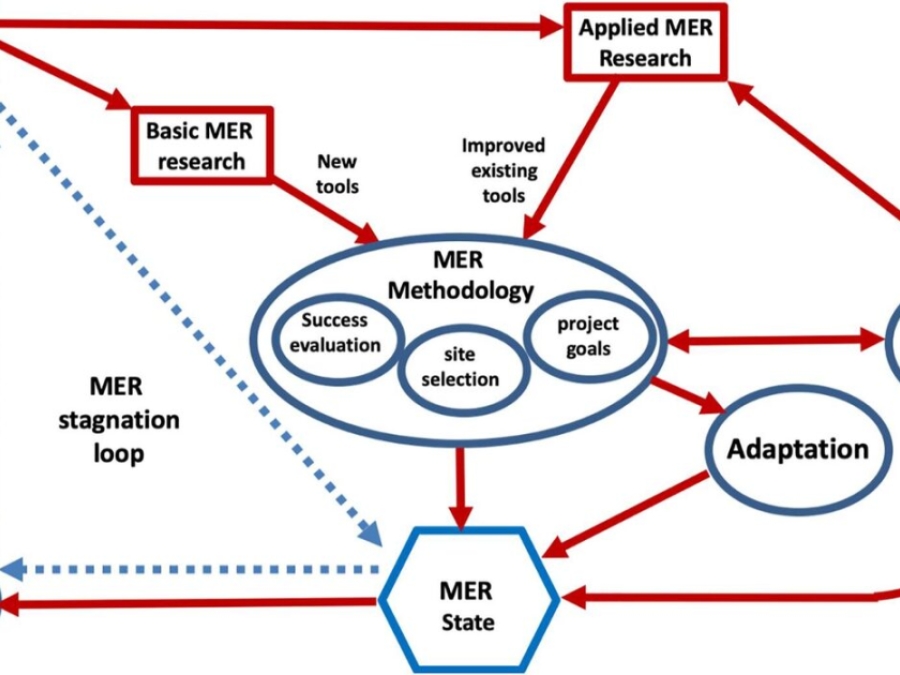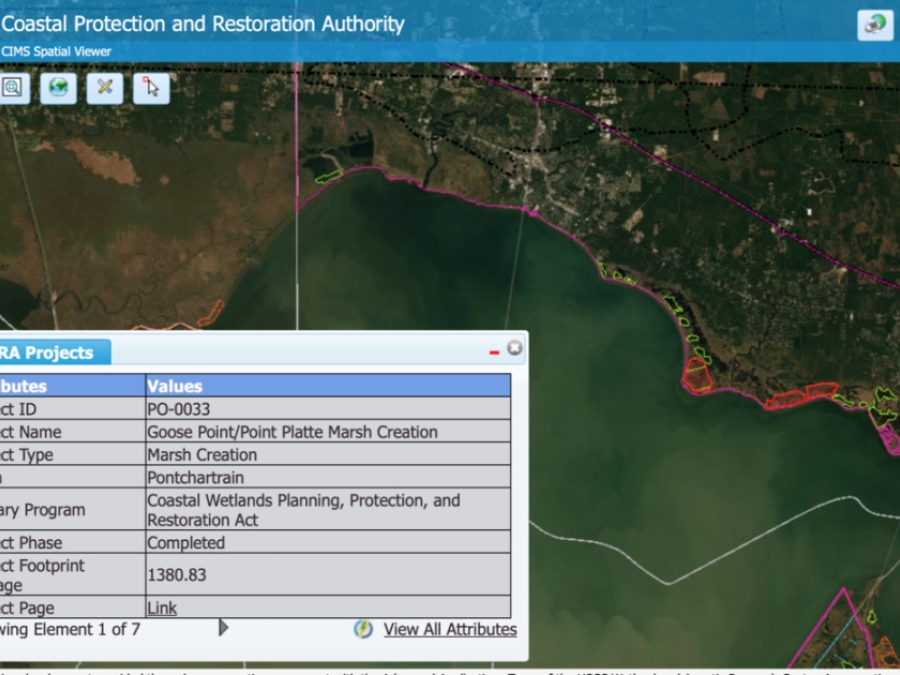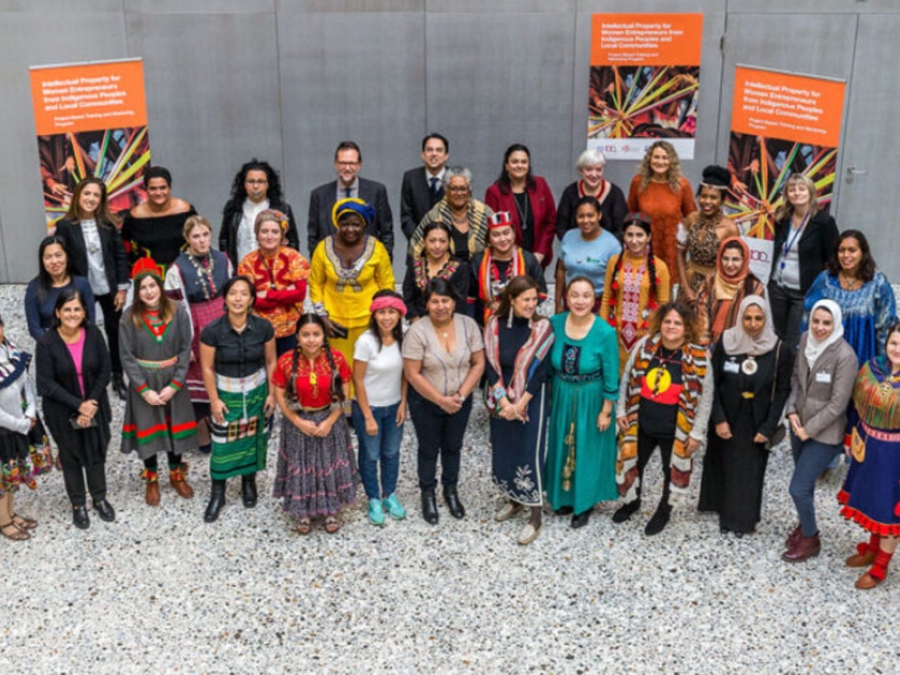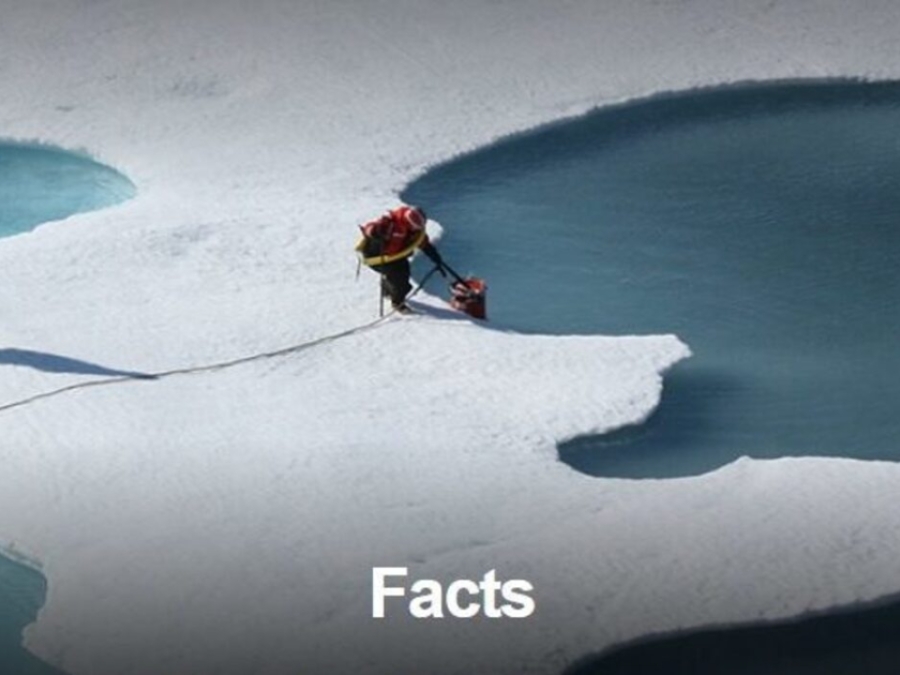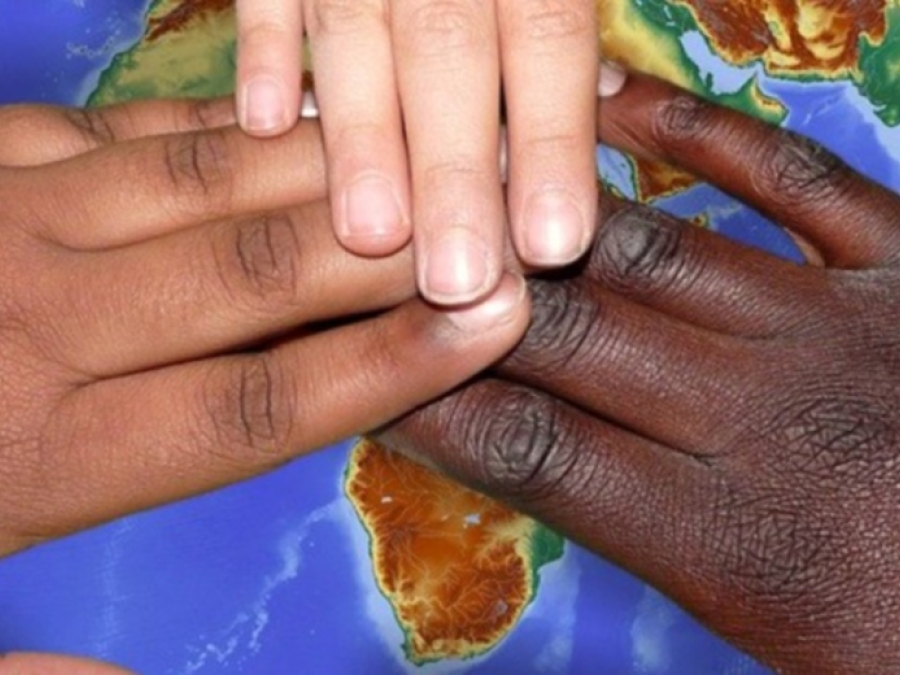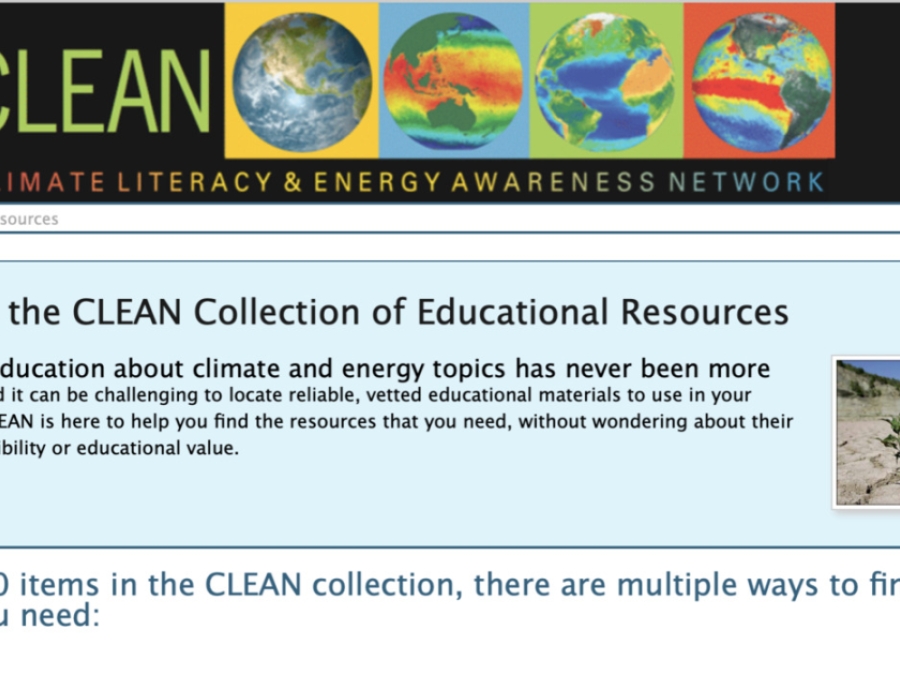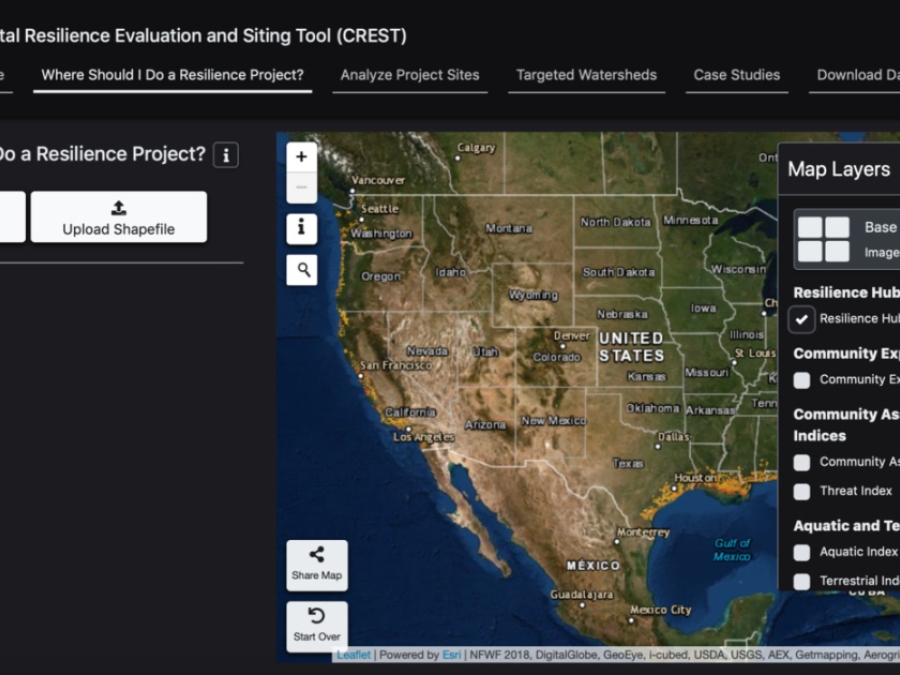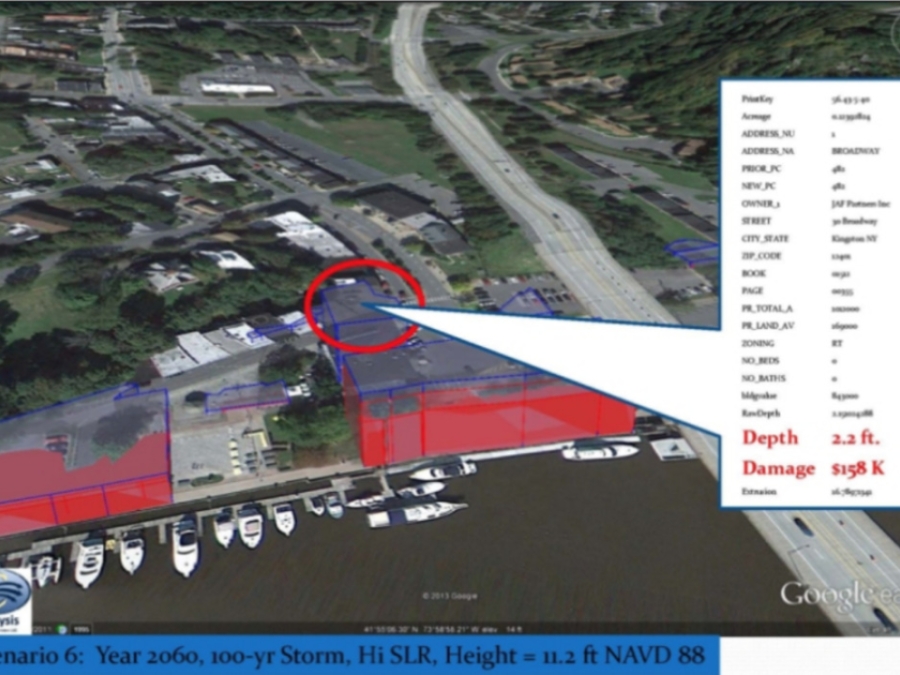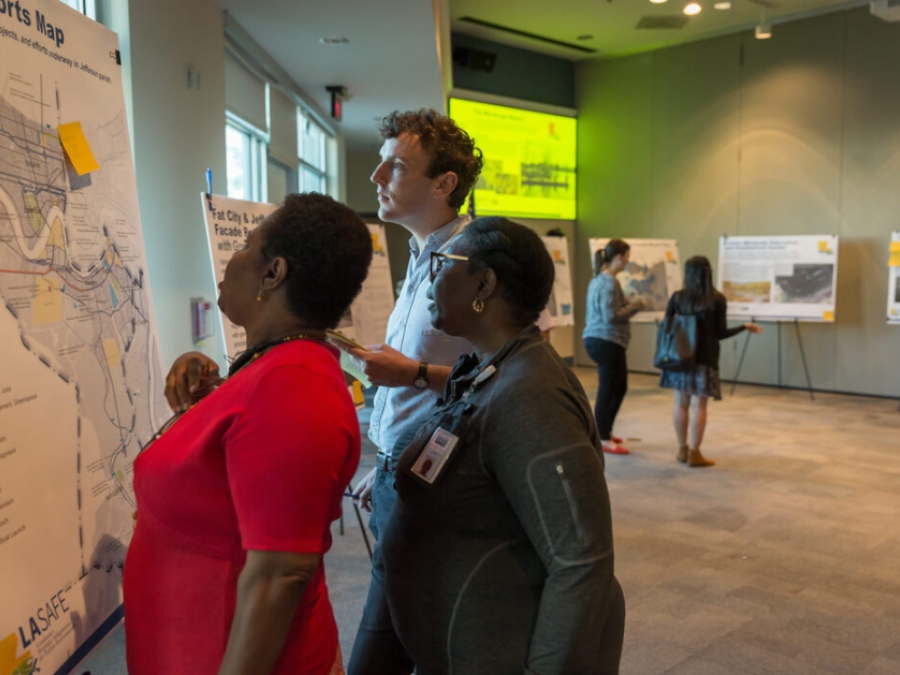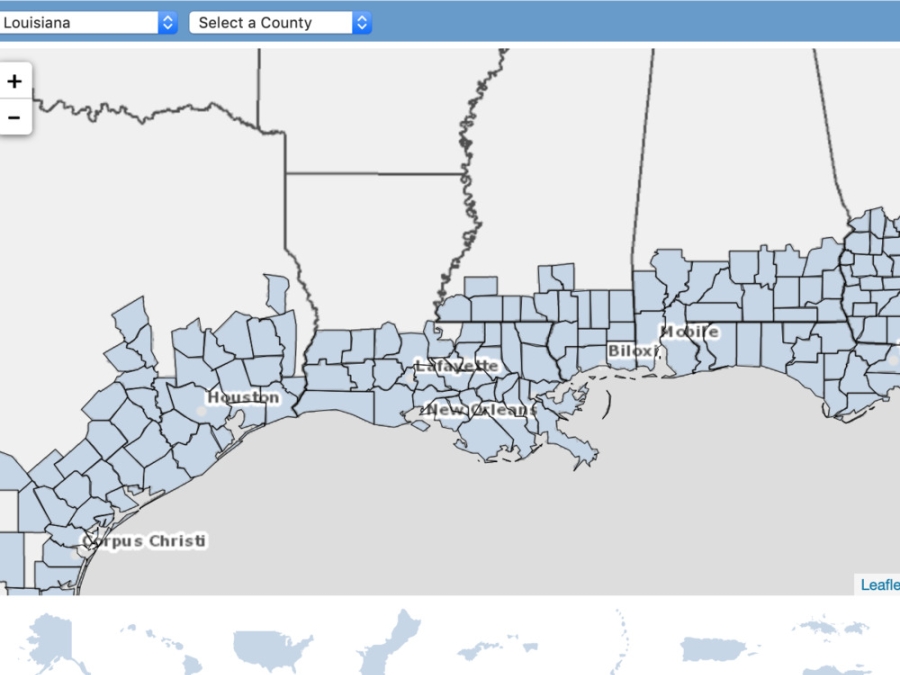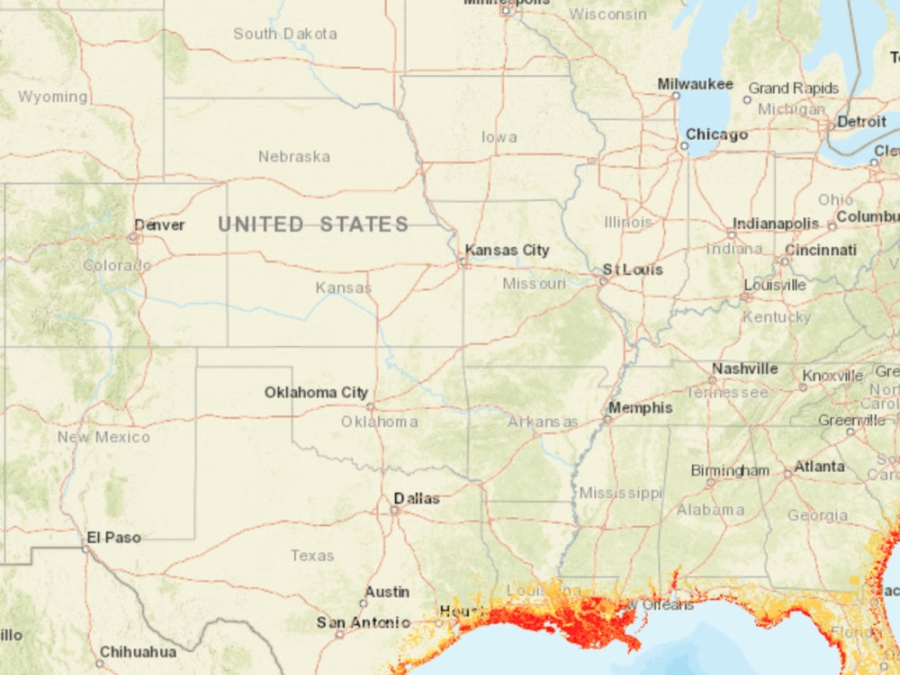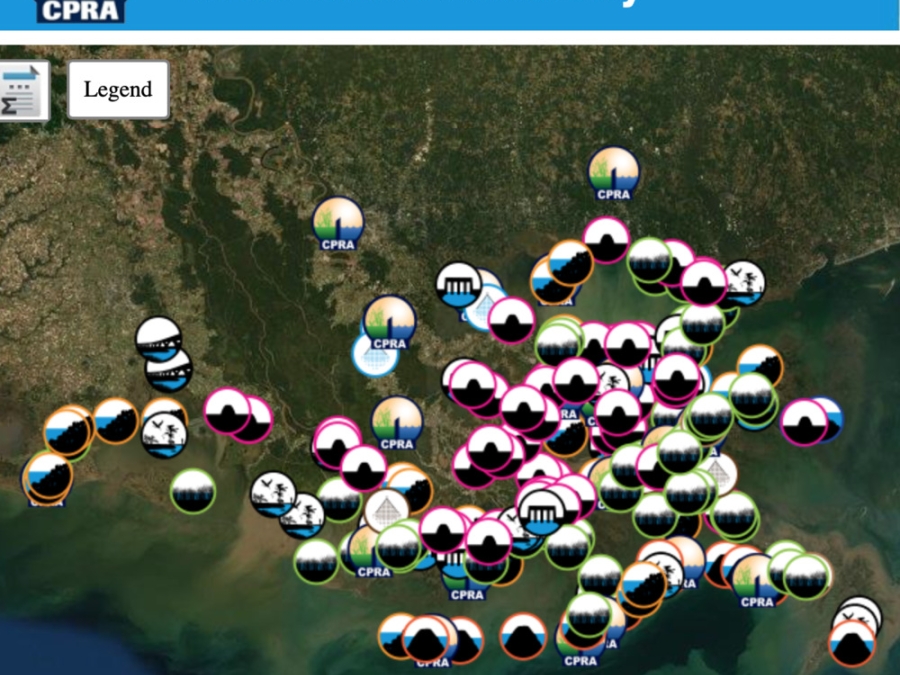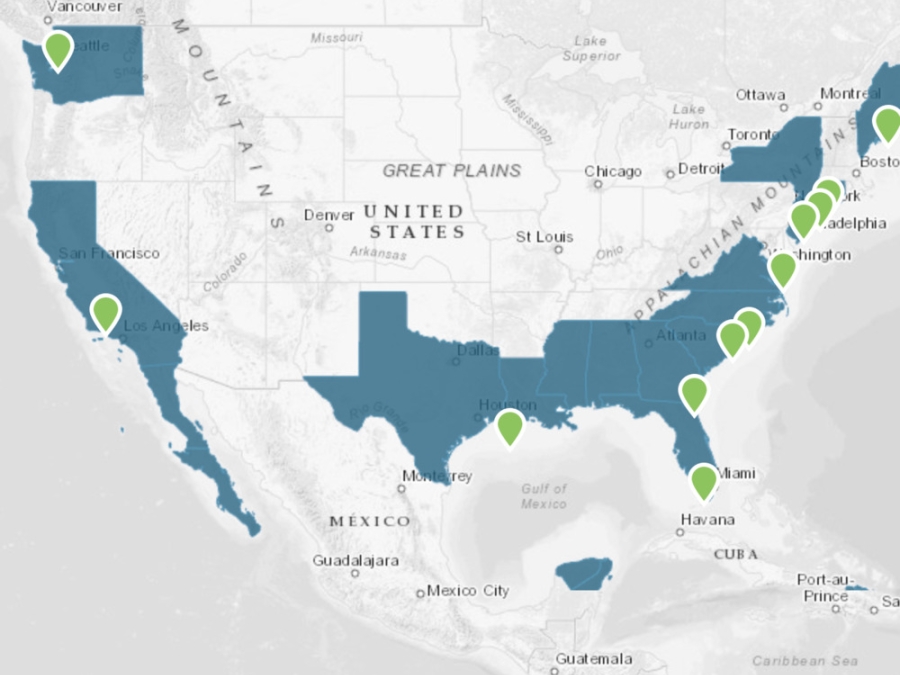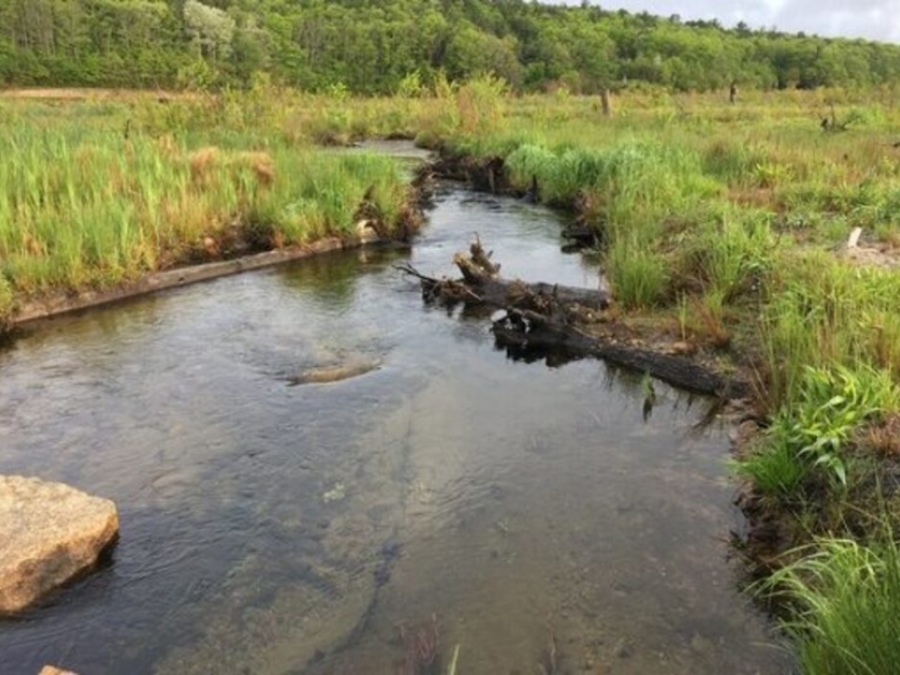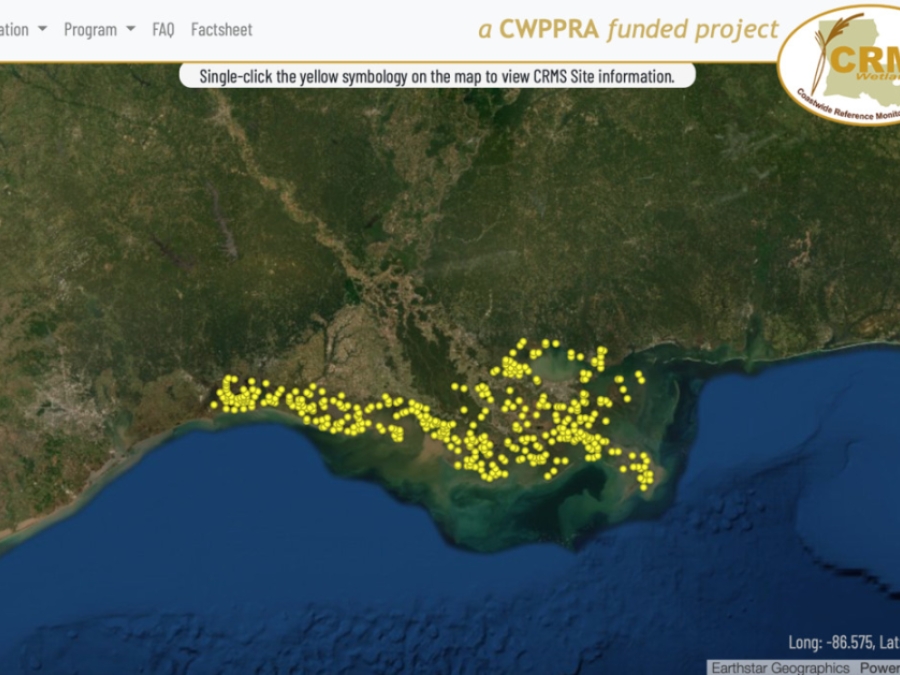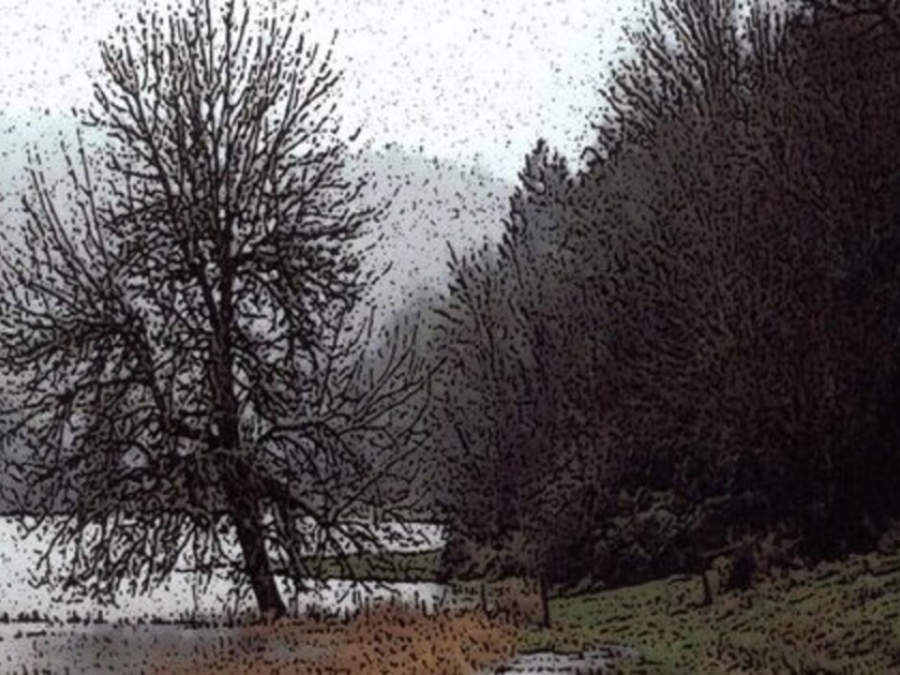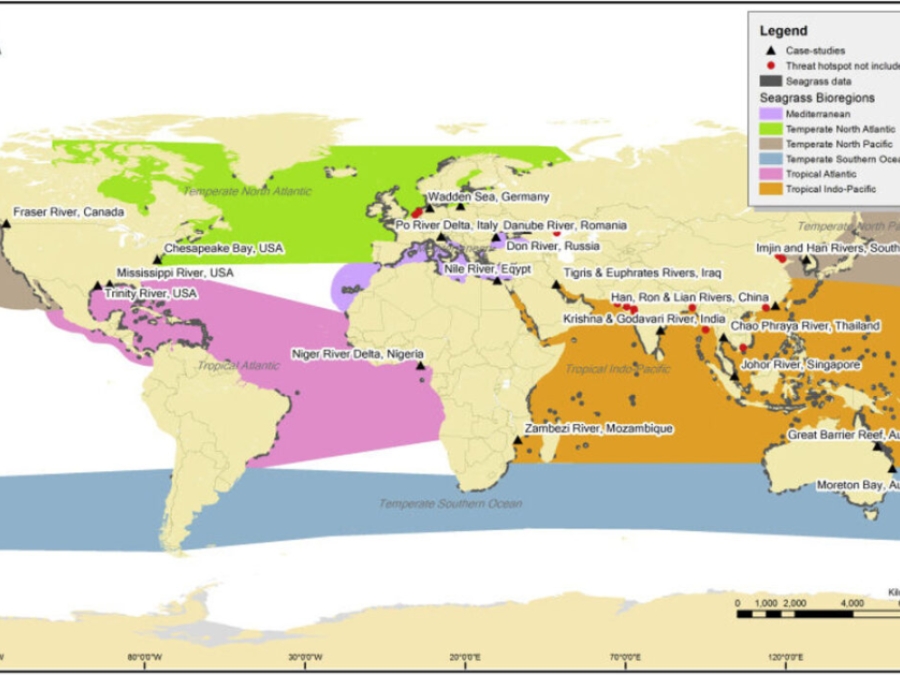Filter These Results +
Bsj Water Data- Outside The Gate
Water data for Bayou St. John (outside the gate) from 2011 to 2015.
Building On The Shore
In this episode, we're learning about coastal erosion and how it affects homes built near the shore. We explore the coastline with Hawai'i Sea Grant Extension Agent, Ruby Pap, and County of Kauai planner, Ka'aina Hull, to see what happens when buildings are put too close to the ocean compared to buildings that are set-back, allowing natural beach action and sea-level rise to occur - without damaging properties.
Building Resilience To Climate Change
By using big data analysis techniques and coupling it with localised information from the internet of things, social media and citizen science, we can now visualize the ever growing imprint of climate change. This talk explores how we can draw on this diversity of knowledge to recreate a more resilient world.
Building Urban Resilience With Nature
As cities are increasingly challenged by rapid urbanization, population growth and the impacts of land degradation and climate change, they are in the need of finding adequate solutions for sustainable city development. As most of this development is taking place in river-side and coastal areas the rapid loss of valuable wetland ecosystems makes our cities increasingly vulnerable to the impacts of extreme weather events and climate change. We strongly believe, if we increasingly shift towards the implementation of blue-green infrastructure in cities, we can achieve more resilient and sustainable city development in the future.
Business And Biodiversity: A Critical Partnership For The Future
In today's competitive landscape, engaging in corporate conservation is emerging as an innovative approach to meet both business and environmental needs. Indeed, corporate spending on sustainability and circular economy initiatives is on the rise - and yielding increased sales and cost savings. Demonstrating leadership in corporate conservation is crucial to meeting sustainability goals and achieving stakeholder collaboration.
Buyouts Won'T Be The Answer For Many Frequent Flooding Victims
It's hard to find another county in America that has accomplished more buyouts than Harris County. Since 1985, the Harris County Flood Control District - the main entity managing buyouts in the Houston area - has spent $342 million to purchase about 3,100 properties. But thanks to a decades-long trend of increased flooding in Houston, caused by a combination of urban sprawl, lax building regulations and intense rainstorms linked to climate change, buyouts haven't kept up with the destruction.
Cane Bayou Mitigation Bank Will Save Money And Preserve Over 1,000 Acres Of Land
Pat Brister, St. Tammany Parish President, announced today, the opening of the Cane Bayou Mitigation Bank, and conservation project; the first of its kind in St. Tammany Parish. A culmination of over five years of work has resulted in roughly 1,200 acres of tree-populated land which will be preserved, and a portion utilized, for wetlands mitigation by St. Tammany Parish Government. Wetlands mitigation credits, required by federal law when natural resources are disrupted through developmental impacts, were previously purchased from out-of-state companies at a much higher cost. St. Tammany Parish Government will fund the bank out of capital project funds in the amount of $6,000 per credit, as opposed to market value which can range up $22,000 per credit.
Carbon Footprint Calculator
A carbon footprint is the total amount of greenhouse gases (including carbon dioxide and methane) that are generated by our actions. The average carbon footprint for a person in the United States is 16 tons, one of the highest rates in the world. Globally, the average is closer to 4 tons. To have the best chance of avoiding a 2? rise in global temperatures, the average global carbon footprint per year needs to drop under 2 tons by 2050.
Caution: Building In A Wetland Can Be Hazardous To Your House
Build your house in a wetland, and you've got a hobby for the rest of your life,' warns Ed Perry. 'You will be fighting that water forever.' A student of flooded basements and cracked foundations, Perry knows what he's talking about. While investigating illegally filled wetlands in Pennsylvania for the U.S. Fish and Wildlife Service (FWS), the biologist has visited plenty of houses built where water naturally flows and has commiserated with sorrowful owners of sodden split-levels. The lesson, says Perry, is that home builders who tamper with even small wetlands can have big problems.
C-Cap Land Cover Atlas
This online data viewer provides user-friendly access to coastal land cover and land cover change information developed through NOAA's Coastal Change Analysis Program (C-CAP). The tool summarizes general change trends (such as forest losses or new development) and provides tables, maps, and reports to enhance communication and decision-making.
C-Cap Land Cover Atlas
This online data viewer provides user-friendly access to coastal land cover and land cover change information developed through NOAA's Coastal Change Analysis Program (C-CAP). The tool summarizes general change trends (such as forest losses or new development) and provides tables, maps, and reports to enhance communication and decision-making.
Census Data For Plaquemines Parish
[Census] QuickFacts provides statistics for all states and counties, and for cities and towns with a population of 5,000 or more.
Census Data For St. Tammany Parish
[Census] QuickFacts provides statistics for all states and counties, and for cities and towns with a population of 5,000 or more.
Census Data For Terrebonne Parish
[Census] QuickFacts provides statistics for all states and counties, and for cities and towns with a population of 5,000 or more.
Cesspool Contamination And Algae
We're learning how invasive algae are being used to detect cesspool contamination across Hawai?i. Cesspools are leaching excess nutrients into the environment, contaminating our water systems, and negatively affecting the growth of algae and coral reefs. Hawaii has less than 30 years to replace over 80 thousand cesspools. Scientists are analyzing the Nitrogen levels in algae to see where along our coastlines the cesspools are leaking most. We'll learn how scientists are gathering this data and what can be done with technology and policy solutions to help improve the way we treat our wastewater in the future.
Challenges For Restoration Of Coastal Marine Ecosystems In The Anthropocene
Coastal marine ecosystems provide critical goods and services to humanity but many are experiencing rapid degradation. The need for effective restoration tools capable of promoting large-scale recovery of coastal ecosystems in the face of intensifying climatic stress has never been greater. We identify four major challenges for more effective implementation of coastal marine ecosystem restoration (MER): (1) development of effective, scalable restoration methods, (2) incorporation of innovative tools that promote climate adaptation, (3) integration of social and ecological restoration priorities, and (4) promotion of the perception and use of coastal MER as a scientifically credible management approach.
Cims Spatial Viewer
This viewer is a "full-featured GIS for CPRA projects, monitoring data, restoration and protection features, and geophysical information."
Climate Action And Sustainability: Indigenous Peoples Are Part Of The Solution.
The world's climate is in turmoil. Extensive bushfires in Australia causing massive destruction to lives (both animal and human), property and the environment have attracted global media attention for months. In the Arctic, there are haunting images of polar bears starving as their natural habitats disappear due to rising waters and melting ice caps, and in Kenya, changing patterns of ocean circulation have created conditions for locusts to ravage pastures. These extreme events point to a stark reality: our climate is changing because of our actions, with serious implications for humanity, ecosystems and global biodiversity.
Climate Change 101 With Bill Nye |National Geographic
Climate Change is a real and serious issue. In this video Bill Nye, the Science Guy, explains what causes climate change, how it affects our planet, why we need to act promptly to mitigate its effects, and how each of us can contribute to a solution.
Climate Change Is Killing Crops In Honduras
In rural Honduras, farming has been many residents' livelihood for generations. But now, rising temperatures and declining rainfall are killing crops and jeopardizing the farmers' very survival. Special correspondent Marcia Biggs and videographer Julia Galiano-Rios explore how climate change affects these rural populations, driving them into urban areas and ultimately, even out of the country.
Climate Change Opinion Maps
These maps show how Americans' climate change beliefs, risk perceptions, and policy support vary at the state, congressional district, metro area, and county levels.
Climate Change Will Displace Millions. Here's How We Prepare|Colette Pichon Battle
Scientists predict climate change will displace more than 180 million people by 2100 -- a crisis of "climate migration" the world isn't ready for, says disaster recovery lawyer and Louisiana native Colette Pichon Battle. In this passionate, lyrical talk, she urges us to radically restructure the economic and social systems that are driving climate migration -- and caused it in the first place -- and shares how we can cultivate collective resilience, better prepare before disaster strikes and advance human rights for all.
Climate Change, Inequitable Impacts & Community Resilience
In this session of "Climate Is Health," Kristin Baja explains community resilience, introduces the concept of resilience hubs, and what we can do to address the inequities apparent in the impacts of climate change.
Climate Change: How Do We Know?
This comprehensive resource produced by NASA's Earth Science Communications Team provides a detailed overview of the evidence, causes, and effects of climate change. The information is divided into sections to allow for ease and accessibility when learning about the data and scientific concepts surrounding climate change. "Earth-orbiting satellites and other technological advances have enabled scientists to see the big picture, collecting many different types of information about our planet and its climate on a global scale. This body of data, collected over many years, reveals the signals of a changing climate."
Climate Gentrification In Little Haiti
Historically black neighborhoods in South Florida are facing the consequences of climate change in more ways than one. Some fear they'll be priced out of their neighborhoods because of it by what organizers call 'climate gentrification.'
Climate Justice 101: Climate Migration
The climate movement is changing. And it matters. Chances are you've seen it: The growing recognition across the climate community that we cannot truly solve the climate crisis without also confronting the deep inequities and racial injustice at the heart of our societies. This truth isn't new. For years, environmental justice leaders, relief agencies, and even UN officials have been shouting from the rooftops about the countless ways that climate change hits people of color hardest and makes poor families poorer.
Climate Literacry & Energy Awareness Network (Clean)
The CLEAN Collection of Climate and Energy Educational Resources is a collection of 700+ free, ready-to-use learning resources rigorously reviewed by educators and scientists suitable for secondary through higher education classrooms.
Climate Time Machine
A series of visualizations showing how some of Earth's key climate indicators are changing over time." Includes interactive viewers for sea ice, sea level, carbon dioxide, and global temperature
Coastal Resilience Evalutation And Siting Tool (Crest)
CREST can be used to make informed decisions about the siting of restoration and resilience projects. The tool identifies Resilience Hubs, which are areas of open space where projects may have the greatest potential to benefit both human community resilience and fish and wildlife. Resilience Hubs incorporate multiple indices, which can also be explored through CREST.
Coastal Adaption To Sea Level Rise Tool (Coast)
COAST is a process that helps users answer questions in regards to the costs and benefits of actions and strategies to avoid damages to assets from sea level rise and/or coastal flooding: Should we build a sea wall? Should we develop a proactive building ordinance? Should we build a levee? Should we change our zoning? Should we relocate?
Coastal Change Hazards
This portal provides scientifically credible data suitable for use in land use planning projects, storm response and recovery protocols, and infrastructure, ecosystem, and cultural resource management decision-making. Resources are organized under three coastal hazard themes: extreme storms, shoreline change, and sea level rise.
Coastal Community In Plaquemines Parish Plot The Future With La Safe
Flipping the script on typical state projects, where public engagement processes happen after the plans have already been drawn up, the meeting in Davant is part of a new approach to coastal planning oriented around residents' ideas and values, which the state calls 'Louisiana's Strategic Adaptations for Future Environments,' or LA SAFE for short. This 'co-design' process emerged from a robust public engagement effort that got its start in Plaquemines Parish in spring 2016, when local philanthropic group the Foundation for Louisiana teamed up with community planning and design firm Concordia and a host of environmental groups from the New Orleans area to define a new process for helping communities live in increasingly vulnerable coastal areas. Their guiding principles were transparency, communication, and trusting the 'wisdom of the crowd.'
Coastal Country Snapshots
This online tool provides managers and citizens with easy-to-understand charts and graphs that describe complex coastal data. Users select a county of interest and the website does the rest, creating a helpful educational tool for governing bodies and citizen groups. Current snapshot topics include flood exposure, wetland benefits, and ocean and Great Lakes jobs.
Coastal County Snapshots
This online tool provides managers and citizens with easy-to-understand charts and graphs that describe complex coastal data. Users select a county of interest and the website does the rest, creating a helpful educational tool for governing bodies and citizen groups. Current snapshot topics include flood exposure, wetland benefits, and ocean and Great Lakes jobs.
Coastal County Snapshots
This online tool provides managers and citizens with easy-to-understand charts and graphs that describe complex coastal data. Users select a county of interest and the website does the rest, creating a helpful educational tool for governing bodies and citizen groups. Current snapshot topics include flood exposure, wetland benefits, and ocean and Great Lakes jobs.
Coastal Erosion On Maui
In this episode, we're looking at eroding beaches of West Maui, where large condos are being threatened by loss of sand and sea-level rise with Hawai'i Sea Grant Coastal Hazards Expert Tara Owens and Maui County planner, Jim Buika.
Coastal Flood Exposure Mapper
This online visualization tool supports communities that are assessing their coastal hazard risks and vulnerabilities. The tool creates a collection of user-defined maps that show the people, places, and natural resources exposed to coastal flooding.
Coastal Flood Exposure Mapper
This online visualization tool supports communities that are assessing their coastal hazard risks and vulnerabilities. The tool creates a collection of user-defined maps that show the people, places, and natural resources exposed to coastal flooding.
Coastal Inundation
Inundation Dashboard provides real-time and historic coastal flooding information at a majority of coastal water level stations operated by the National Ocean Service (NOS) Center for Operational Oceanographic Products & Services (CO-OPS). The product features both a map based view where users can easily view coastal flooding information geospatially and a more detailed station view where real-time and historical data for a specific location are highlighted.
Coastal Projects Map
This map provides a spatial look at CPRA projects in Louisiana, sorted by project type. Users can access factsheets about each project by clicking on the icons.
Coastal Projects Map
This map provides a spatial look at CPRA projects in Louisiana, sorted by project type. Users can access factsheets about each project by clicking on the icons.
Coastal Resilience Mapping Portal
With its high incidence of storms and hurricanes and valuable ecological and economic resources, the Gulf region is a high-risk area with great potential to demonstrate natural risk reduction solutions. The Coastal Resilience approach and tools have been applied Gulf-wide and at specific sites, including those that help identify where to implement oyster reef restoration to meet social and ecological goals.
Coastal Resilience Mapping Portal
With its high incidence of storms and hurricanes and valuable ecological and economic resources, the Gulf region is a high-risk area with great potential to demonstrate natural risk reduction solutions. The Coastal Resilience approach and tools have been applied Gulf-wide and at specific sites, including those that help identify where to implement oyster reef restoration to meet social and ecological goals.
Coastal Wetlands: Too Valuable To Lose
Look beyond the beauty of our coastal wetlands and you'll find this habitat hard at work. Wetlands filter our water, protect our coastal communities from floods, and provide habitat for fish and other wildlife. Coastal wetlands are some of the most productive ecosystems on Earth, and generate more than half of commercially harvested seafood in the United States. In 2015, U.S. fisheries supported 1.6 million jobs (a 1 percent increase from 2011) and contributed $208 billion in sales (a 12 percent increase from 2011). Development and agriculture contribute extra nutrients, pesticides, and silt to local rivers. Runoff from hard surfaces like concrete, asphalt, and rooftops is a leading cause of water pollution. Wetlands trap and filter these impurities, maintaining healthy rivers, bays and beaches.
Coastal Wetlands: Too Valuable To Lose
Look beyond the beauty of our coastal wetlands and you'll find this habitat hard at work. Wetlands filter our water, protect our coastal communities from floods, and provide habitat for fish and other wildlife. Coastal wetlands are some of the most productive ecosystems on Earth, and generate more than half of commercially harvested seafood in the United States. In 2015, U.S. fisheries supported 1.6 million jobs (a 1 percent increase from 2011) and contributed $208 billion in sales (a 12 percent increase from 2011). Development and agriculture contribute extra nutrients, pesticides, and silt to local rivers. Runoff from hard surfaces like concrete, asphalt, and rooftops is a leading cause of water pollution. Wetlands trap and filter these impurities, maintaining healthy rivers, bays and beaches.
Coastwide Reference Monitoring System
The Coastwide Reference Monitoring System (CRMS) was designed to monitor the effectiveness of restoration actions at multiple spatial scales from individual projects to the influence of projects on the entire coastal landscape. The CRMS design includes a suite of sites encompassing a range of ecological conditions in swamp habitats and fresh, intermediate, brackish, and salt marshes. The CRMS reference network approach allows for comparisons of changing conditions at CRMS sites within and outside of restoration and protection projects."
Combating Coastal Land Loss
Coastal residents are not strangers to environmental issues that threaten our land and lives. But how can we address them? In this TEDx talk, wetland ecologist Karen McKee explains some of the science behind land subsidence, the importance of coastal ecosystems, what this means for the future of communities, and discusses potential tools to move toward solutions.
Compensating For Wetland Lossess Under The Clean Water Act: Outcomes Of Wetlands Restoration And Creation
Underlying wetland mitigation is the assumption that it is scientifically possible for humans to recreate the structure and functions of a wetland, either by restoring a site that had previously been a wetland or by creating an entirely new wetland. The purpose of this chapter is to discuss the ecological principles of wetland creation and restoration science and evaluate the current scientific ability of practitioners to restore or create various aspects of wetland functioning in a variety of environments. The chapter is structured to answer several questions posed in the committee's Statement of Task about the ecological basis of wetland mitigation.
Considering Flood Risk
Turning the Tide' and this companion educational guide encourage students to think about what is at stake in terms of crucial wetland ecosystems, Gulf seafood populations, North American migratory bird and waterfowl populations, the nation's energy infrastructure and national security, interior navigation and water transport for American produce and goods, and a totally unique American culture.
Critical Gaps In Seagrass Protection Reveal The Needs To Address Multiple Pressures And Cumulative Impacts
Management is failing to adequately protect coastal ecosystems. Here we reviewed the policies, legislation, plans and management frameworks intended to protect seagrass meadows in 20 case-studies with the aim of identifying critical gaps in seagrass protection. The case-studies were chosen to represent a range of regions known to have high cumulative impacts or outstanding seagrass management
